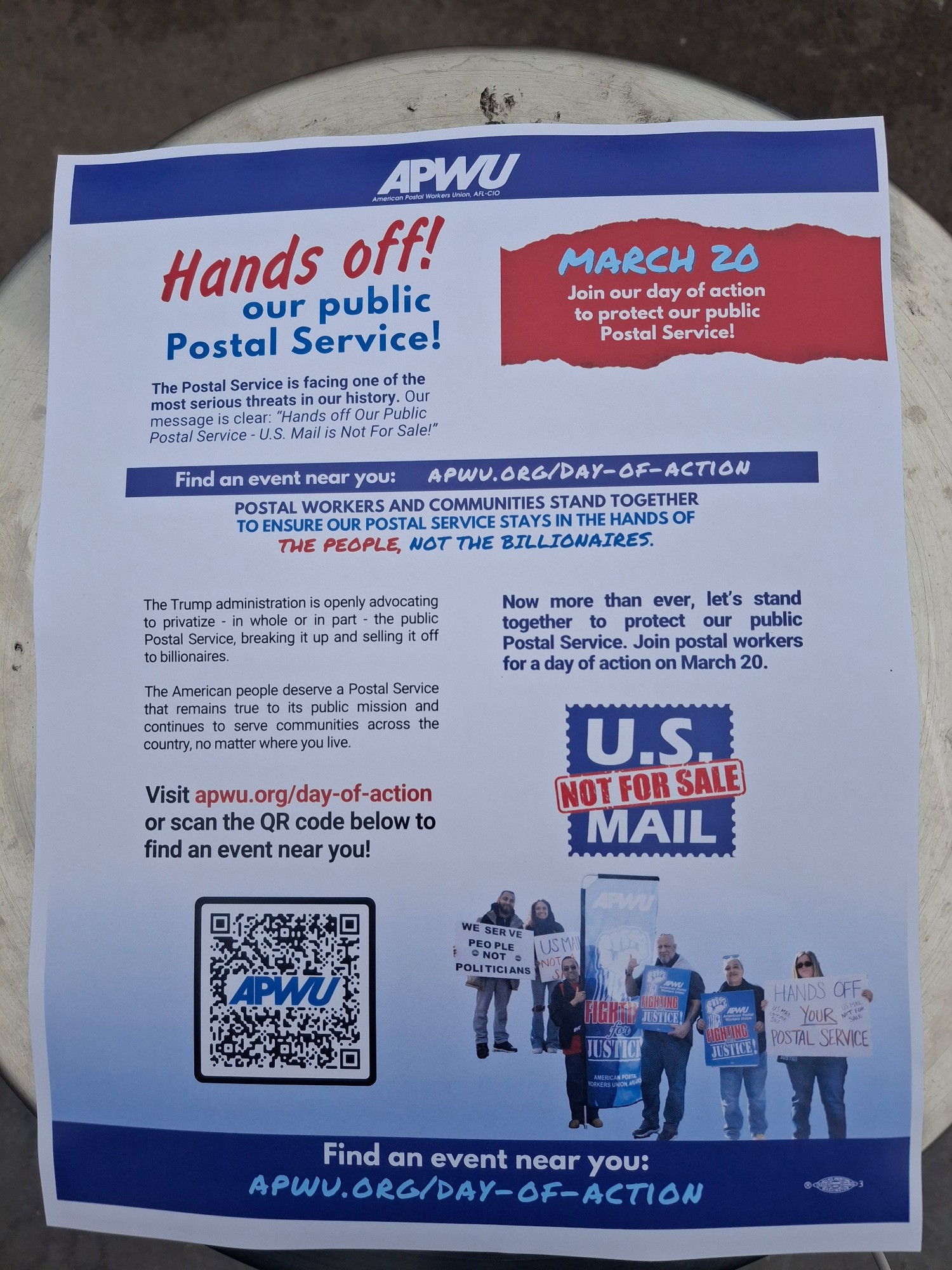Domestic Violence and Maternal Mortality Are Rising. The NIH Just Defunded a Project to Study Both.
Rebecca Fielding-Miller, an associate professor of public health at the University of California, San Diego, was in a faculty meeting on Friday discussing how the Trump administration’s cuts to funding will affect academic research when she got some unexpected, and unfortunatelyrelevant, news: The National Institutes of Health (NIH) intended to terminate a grant of approximately $400,000 for one of her projects.
Fielding-Miller, who researches infectious diseases and gender-based violence, along with some colleagues who do similar work, received the funds last fall to support a project focused on training up to a dozen early-career researchers on how to better study intimate partner violence (IPV) during pregnancy. The lead researchers were just about to start recruiting mentees for the year-and-a-half-long program, Fielding-Miller said.
As the researchers wrote in their description of the project, it planned to focus on a vital yet understudied issue. Research has found homicide is a leading causeof maternal mortality in the US, and IPV plays a key role. The project also seemed particularly timely, given that increasing nationwide restrictions on abortion have given abusers another way to control and trap pregnant partners, as I have reported. Research published in the Journal of the American College of Surgeons last year found that pregnant people in states with abortion bans are at a higher risk of homicide perpetrated by a partner—and that there’s “a dire need for universal screening and interventions.”
As Liz Tobin-Tyler, an associate professor of health services, policy, and practice at Brown University, notes, a project like the one Fielding-Miller was helping lead is exactly what’s needed at this moment—particularly as shelters and hotlines assisting people experiencing IPV also face drastic federal funding cuts. “It sounds like what they were attempting to do is not only to encourage young researchers to be working in this area, but to also make it a prominent area of research going forward—which it needs to be, if we’re going to address the maternal mortality and violence against women crises,” said Tobin-Tyler, who was not involved with Fielding-Miller’s study.“If we’re not studying the problem sufficiently, and then there are other federal funding cuts to serve the populations that are being harmed, we’re really undermining the work at multiple levels.”
“If we’re not studying the problem sufficiently, and then there are other federal funding cuts to serve the populations that are being harmed, we’re really undermining the work at multiple levels.”
The White House did not respond to questions from Mother Jones, but the NIH saw Fielding-Miller’s project differently. “Research programs based primarily on artificial and non-scientific categories, including amorphous equity objectives, are antithetical to the scientific inquiry, do nothing to expand our knowledge of living systems, provide low returns on investment, and ultimately do not enhance health, lengthen life, or reduce illness,” the termination letter from the NIH said. In response to questions from Mother Jones about why the grant—entitled “Restoring equity to measuring and preventing perinatal intimate partner violence”—was canceled, Emily Hillard, deputy press secretary for the Department of Health and Human Services (HHS), which oversees the NIH, said: “At HHS, we are dedicated to restoring our agencies to their tradition of upholding gold-standard, evidence-based science. As we begin to Make America Healthy Again, it’s important to prioritize research that directly affects the health of Americans.” Three other projects that received funding under the same NIH grant have not been canceled as of Monday_,_ researchers involved in those studies confirmed.
For Fielding-Miller, the only upside of learning about the cancellation was the timingat the end of the faculty meeting—”So I could go to my office and cry,” she told me by phone on Sunday. We discussed the project that would have been, the need to conduct more research on IPV and pregnancy, and the longer-term effects she anticipates resulting from the Trump administration’s slash-and-burn approach to research affecting marginalized people.
This interview has been lightly condensed and edited for clarity. Fielding-Miller said her views do not represent those of the University of California.

Rebecca Fielding-Miller worries even fewer researchers will study the intersection of domestic violence and pregnancy outcomes in the future.Photo courtesy of Rebecca Fielding-Miller
Explain a bit about the project that you were working on. What was its goal?
Pregnancy is a really dangerous time for women in violent relationships, and there’s also just not a lot of good research on violence, in large part because the NIH has not prioritized it. So there was a very small request for people to develop these training programs to support more people to go into this type of research. In particular, we were interested in how to teach people how to measure IPV, because it’s a surprisingly hard thing to measure.
Our grant was meant to last about a year and a half. We planned to recruit some early career researchers—people at the assistant professor level, especially clinician-researchers, maybe somebody who is an OB-GYN or a family doctor who also does public health research—and pair them with a mentor. Then we would do some training on how to measure IPV and best practices in violence research. The goal was to jumpstart careers in this cohort so that more people would be doing high-quality research on IPV in the perinatal period. It was a pretty big bang for your buck. After a year of training, we would have 12 new people who were experts in this who weren’t experts before. We would document this model and this curriculum, and then put it out there and say, “Here’s a very low budget, low effort curriculum for training folks.”
President Donald Trump has said he would “protect” women and make women “happy, healthy, confident, and free.” Vice President JD Vance and others in the GOP have tried to encourage more Americans to have more kids as birth rates have declined. So why do you think the NIH would cancel this grant?
My guess is that we had two strikes against us—“equity” in the title of the project, and we mentioned a background fact in the application, that IPV is worse for sexual and gender minorities. I’m assuming that whatever knock-off AI they’re using flagged that. We absolutely would have welcomed people who wanted to do this kind of research on sexual and gender minorities because it’s important, but it was not the specific focus of the grant.
It’s been very hard to get violence research funded. I have been told by the pre-Trump NIH that a project that I submitted was less significant because it had a gender-based violence component. I know that what we do is important. I know that violence against women, violence against people who are not cisgender men, it’s a part of reinforcing power structures, and so I find it almost complimentary and affirming that what we do matters because it is about directly addressing the type of power structures that bring people like the current president into office. I think it suggests that one of the first things that Congress needs to pour money into is this kind of work, because ensuring that women, minorities, and people who don’t conform are physically safe is a cornerstone of democracy. In some ways their immediate attack emphasizes how vital it is.
“There is just this implicit bias that violence against women is not an important public health area or a significant area of study.”
Why is this area of research so understudied?
There’s been some really interesting research about what is more likely to be considered significant science, or impactful science, and what isn’t. There is just this implicit bias that violence against women is not an important public health area or a significant area of study. But that wasn’t always the case: In the 70s, the National Institute of Mental Health had a Center for the Prevention of Rape and Sexual Violence because social movements pushed for that to happen. It’s really important for people to think about that because there will be a “putting things back together” phase after they finish dismantling this—and it’s important to know that we can have that again.
What should we know about the prevalence of perinatal IPV and how it affects pregnant people and infants?
The thing that a lot of people find really shocking is that IPV kills more people during pregnancy and immediately after the baby is born than obstetric complications do. The science is not very good on the exact reasons why that is, and it’s certainly not very good on how to prevent it. But this is usually a time of increasing conflict and increasing attempts for partner control. And so, when a person decides that it’s time to leave a relationship and pregnancy and childbirth, are some of the most dangerous times for someone with a violent partner.
What happens now that you don’t have the NIH funding for this study?
We’re going to lose people who are early in their careers. The people who research violence against women and violence against sexual and gender minorities tend to be women and sexual gender minorities. So they yanked diversity supplements and all these mechanisms that were explicitly about making the academy more diverse. Now they are implicitly doing it in the research funding that they pull. The result is going to be the systematic removal of women and people of color from the act of research. At the end of this, we’re going to end up with an academy that is more white, more wealthy, more male, more cisgender, and it’s going to reinforce the same problem. We’re only going to do the science that people who are majority white, cisgender, male, and wealthy think is important. There’s a risk of a major negative feedback loop in what is seen as important and in whose experiences, voices, and lives are seen as important.
It’s already an extremely underfunded field. Most of the good research on IPV comes out of South Africa. They’re doing really extraordinary, cutting-edge work there. The administration also has cut off, or is attempting to cut off, collaborations with South Africa.
We have a lot of experience with this not being a high-priority area. A lot of us who do violence research also do work around mental health or HIV, because that’s how you can get this work funded. So we will go back to being tactical, being strategic, and looking for money in the couch cushions as we always have. But it’s going to be harder.
If you or someone you care about is experiencing or at risk of domestic violence, contact the National Domestic Violence Hotline by texting “start” to 88788 or calling 800-799-SAFE (7233) or going to thehotline.org. The Department of Health and Human Services has also compiled a list of organizations by state.









